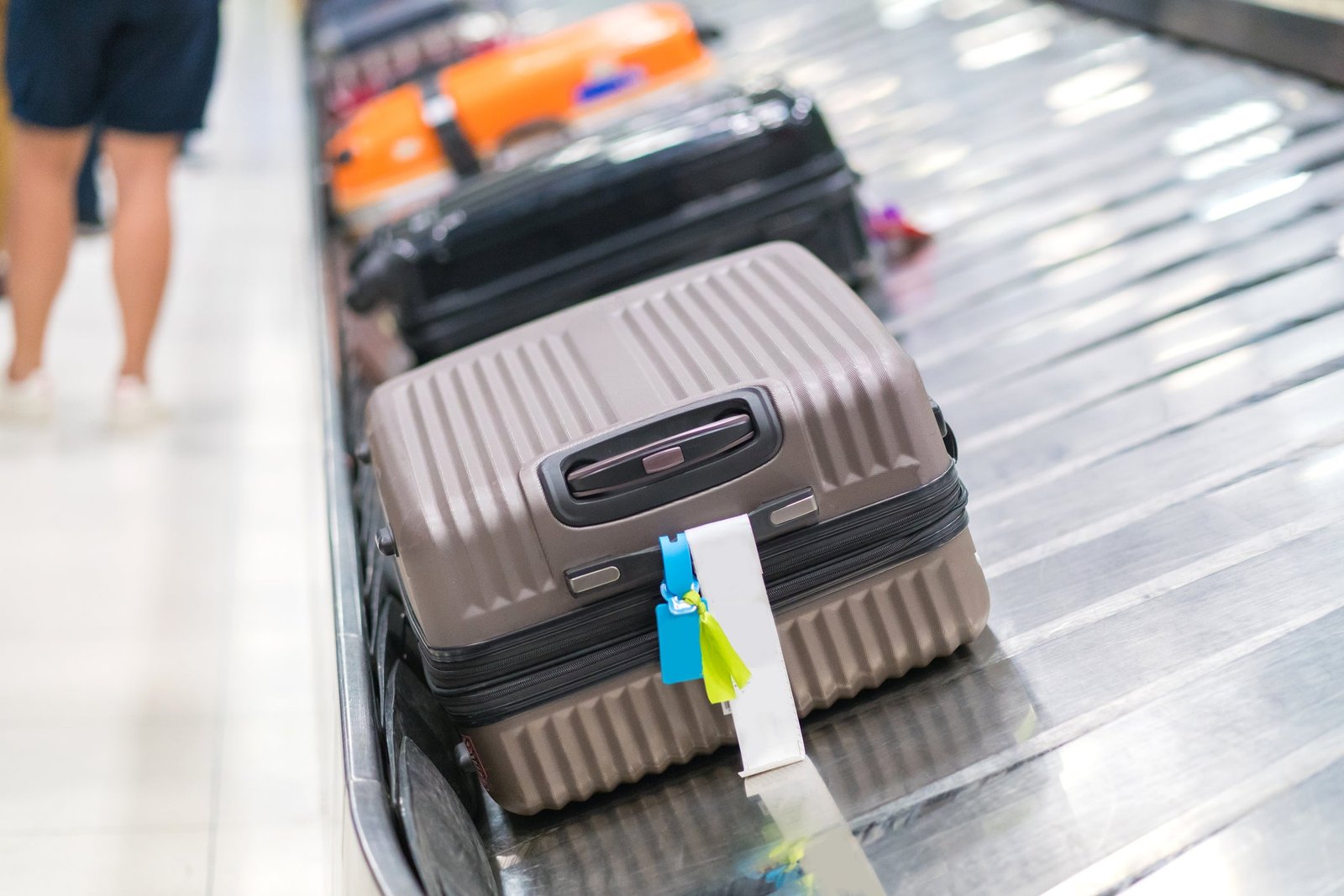If you’ve ever grabbed your luggage off the baggage carousel at an airport and found it looking a little worse for wear, you’re not alone. According to a report by SITA, airlines around the world “damaged or pilfered” 13% of the 26 million bags reported as “mishandled” in 2022. This includes bags that were delayed, lost, or stolen. So, what should you do if your bag has more than a few minor bumps and bruises?
First and foremost, it’s important to be aware of the condition your bag was in when you checked it. Take photos of the bag’s exterior and the contents inside. This will make it easier to file a claim if you can prove your bag was in good condition when you dropped it off. When you grab your bag off the carousel or from the plane, take note of any damage that wasn’t there previously. If there is significant damage, photograph it and its contents. These photos may be needed later to substantiate your claim. It’s also important to take a photo of the baggage tags and leave them on your bag until you’ve submitted your claim.
Next, it’s best to report any damage to your bag before leaving the airport. You can make your claim at the baggage service office for the airline you flew with, which is usually located near the luggage carousel. If the baggage service office is closed, head to the airline’s check-in counter to ask who should be contacted in the event of damaged luggage. Hold on to your damaged bag until you’ve settled your claim, as the airline may pay for you to ship it for repairs or you may need it for other proof to substantiate your claim.
It’s also important to know your rights when it comes to damaged luggage. For domestic flights, the U.S. Department of Transportation allows airlines to limit their liability for lost, damaged, or delayed bags to $3,800 per passenger. The maximum baggage liability for most international flights is set by the Montreal Convention, currently at approximately $1,700 per passenger. However, airlines can pay more than the limit if they choose to do so. Make sure to review the airline’s Contract of Carriage, which details the maximum amount the airline will pay if liable for damaged luggage.
What if you don’t notice the damage until after you’ve left the airport? In that case, it might not be bad enough to warrant a claim. If the damage isn’t severe and you’re flying with the same airline on your return trip, report it at the airport when you land. If you’re not flying back with the same airline or have already left the airport, call the airline you flew with to report the damage and see what steps they suggest for filing a claim.
Keep in mind that airlines have varying time limits for reporting luggage damage. Some require you to report your claim within 24 hours for domestic flights and within seven days for international flights. It’s also important to note that normal wear and tear from things like overpacking and manufacturer defects are not likely to be covered.
When it comes to buying luggage, consider the rough journey it takes on its travels. Don’t purchase luggage that’s too delicate to hold up to the task, especially if it’s expensive and you’re concerned about it getting damaged. Additionally, consider the potential damage to the contents of your bag and avoid checking a bag that contains anything essential or valuable.
In conclusion, damaged luggage is a common occurrence when traveling. It’s important to take proactive steps to document the condition of your bag before and after your flight, and to report any damage as soon as possible. Knowing your rights and the airline’s policies will also help ensure you receive appropriate compensation for any damage.

